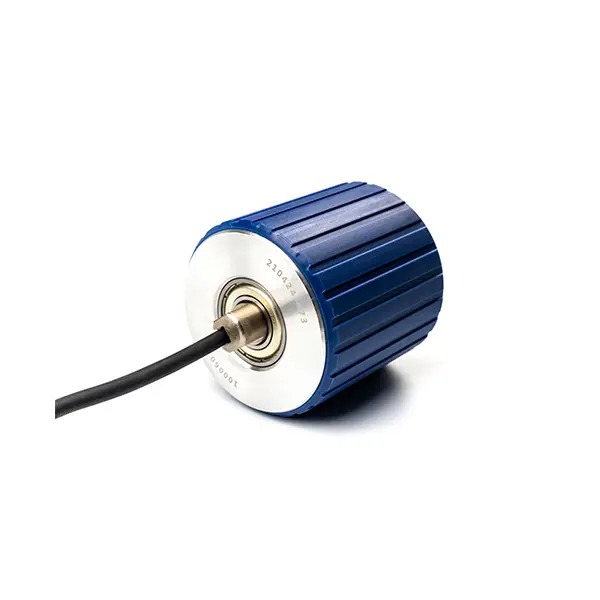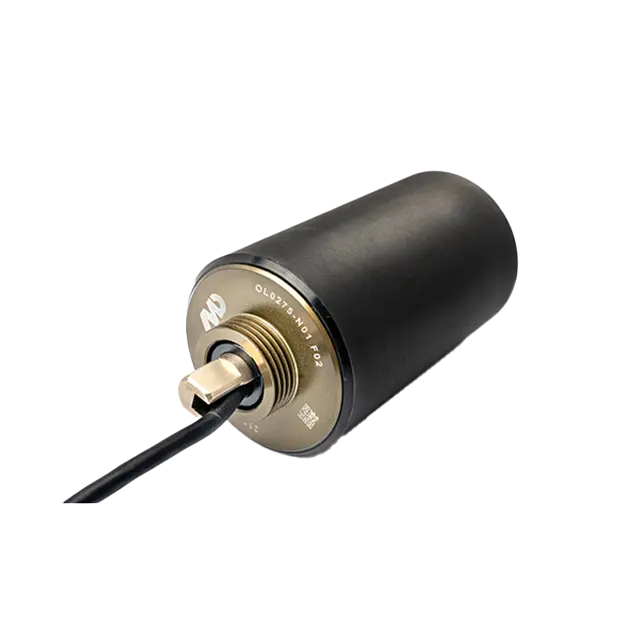Views: 178 Author: Site Editor Publish Time: 2025-07-15 Origin: Site








Motorized rollers have become a cornerstone in modern material handling systems, offering precision, automation, and enhanced throughput in industries ranging from e-commerce to automotive. But a common and critical question arises for operations that deal with substantial cargo weight: Are motorized rollers suitable for heavy loads? In this comprehensive guide, we’ll unpack the capabilities, limitations, and real-world applications of motorized rollers when used for heavy-duty tasks.
Motorized rollers—also known as drum motors or powered rollers—are conveyor rollers with an integrated electric motor enclosed within the roller housing. These compact yet powerful components eliminate the need for external drive systems, significantly reducing the overall footprint of conveyor assemblies.
What makes them appealing is their modularity. With onboard control systems and customizable torque levels, motorized rollers support smart conveying lines and enable features like zero-pressure accumulation and zoned automation. But when it comes to heavy loads, several variables such as roller diameter, motor wattage, construction material, and conveyor design influence performance.
Traditionally, motorized rollers have been seen as ideal for light-to-medium duty tasks. However, recent engineering advances have made them increasingly viable for transporting heavier units, such as pallets, automotive components, and steel parts. To determine whether they’re right for your application, you must delve deeper into specifications and operational environment.
Whether motorized rollers can handle heavy loads depends on several interrelated factors. Understanding these can help engineers and operations managers make informed decisions.
1. Roller Diameter and Shaft Strength
Larger diameter rollers (typically 50mm or more) are better suited to distribute the weight of heavy items. In heavy-duty models, rollers may have reinforced shafts made of steel or high-tensile alloys to resist deformation under load.
2. Motor Torque and Power
The torque output directly impacts the roller’s ability to move heavy items without stalling. Motorized rollers with higher wattage ratings (from 50W to over 200W) are designed to support higher torque values needed for bulkier cargo.
3. Conveyor Frame and Support
A roller is only as strong as the system supporting it. Steel-framed conveyors with close roller spacing are essential for maintaining structural integrity and avoiding sag or roller bowing when heavy loads are involved.
4. Roller Speed and Acceleration
Heavier loads require slower acceleration and deceleration to avoid mechanical stress. Many motorized rollers are programmable for variable speeds, allowing optimized transport profiles.
| Parameter | Light Loads | Heavy Loads |
|---|---|---|
| Roller Diameter | 30–50 mm | 50–80 mm |
| Motor Power | 20–50 W | 100–250 W |
| Max Load per Roller | 10–30 kg | 80–200 kg |
| Frame Material | Aluminum | Steel or Reinforced Steel |
| Control Features | Basic start/stop | Torque control, zoning |
By tuning each of these aspects, motorized rollers can be tailored to meet heavy-duty requirements.

Despite initial reservations, motorized rollers are increasingly used in applications where loads exceed 100 kg per item. Some notable sectors include:
Heavy engine parts, transmissions, and full vehicle components often travel across assembly lines using ruggedized motorized roller conveyors. Their compact integration and programmable zones make them ideal for automated workflows where timing is critical.
Although pallet conveyors often use chain-driven or belt systems, pallet motorized roller conveyors (PMRCs) have gained traction for short-to-mid-range transport. These systems utilize high-capacity rollers and heavy-duty bearings to support full pallets.
In foundries or metal fabrication plants, heavy sheet metal, coils, or cut components are handled using customized motorized roller systems. With reinforced rollers and industrial-grade motors, they achieve consistent flow and minimize manual handling risks.
These real-world examples validate the increasing reliability of motorized rollers under heavy load conditions, provided that the design is appropriately engineered.
While motorized rollers have significantly evolved, they aren’t a one-size-fits-all solution—especially for very heavy or irregularly shaped items. Some notable limitations include:
Heat Dissipation: High-powered motors generate more heat, which can lead to premature failure if ventilation or thermal protection is lacking.
Cost Implications: Heavy-duty motorized rollers are more expensive than standard variants. Businesses must evaluate whether the ROI justifies the capital investment.
Maintenance and Repair Complexity: Integrated motors can complicate repair efforts. Replacing a failed roller often means replacing the entire unit rather than just the motor.
Environmental Conditions: Dust, moisture, and temperature extremes can affect motor efficiency and durability. Specialized sealing and IP-rated housings are recommended for harsh environments.
Understanding these constraints ensures that expectations align with real-world performance and helps determine when a hybrid system or alternate technology might be more appropriate.

A typical heavy-duty motorized roller can handle up to 200 kg per unit, depending on roller size, material, and motor power. Multiple rollers working in tandem increase total load capacity.
Yes, especially when used in zoned systems where only the necessary rollers are active. Compared to continuously running belt conveyors, they offer energy savings of up to 60%.
In many cases, yes—particularly in systems where modularity, low maintenance, and energy efficiency are priorities. However, for ultra-heavy or shock-prone loads, chain conveyors may still be preferred.
Routine checks for temperature, alignment, and motor output are essential. Lubrication of adjacent components (like support bearings and frames) also extends system life.
These FAQs address the most common concerns and serve as a quick reference for engineers and facility managers evaluating implementation.
With the right specifications and design considerations, motorized rollers can absolutely handle heavy loads. Their increased adoption in high-load environments across multiple industries demonstrates that they’re no longer just for cartons and totes.
However, success depends on careful system design: selecting the appropriate roller type, integrating smart controls, and ensuring structural support. Ignoring these factors risks premature failure, downtime, and inflated operational costs.
As automation and lean logistics continue to reshape the warehouse and manufacturing sectors, motorized rollers will remain a pivotal technology, especially as their load-bearing capabilities and efficiency continue to improve. For operations prioritizing space efficiency, flexibility, and sustainability, they are not only suitable—but often superior.